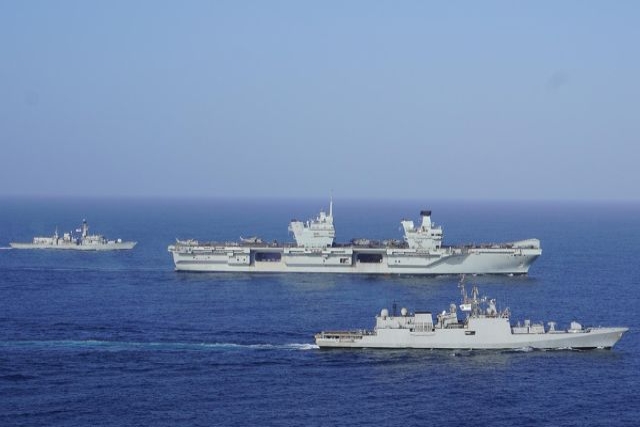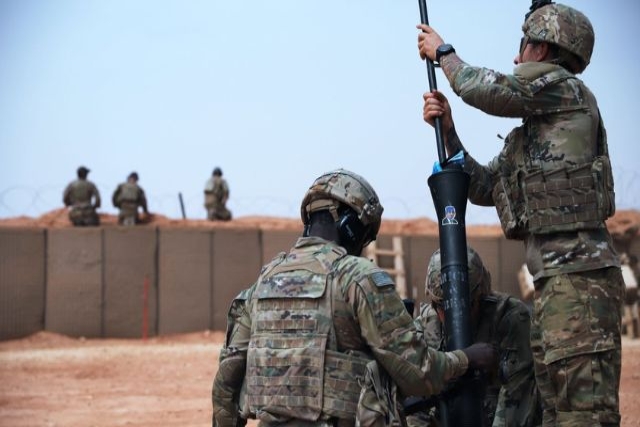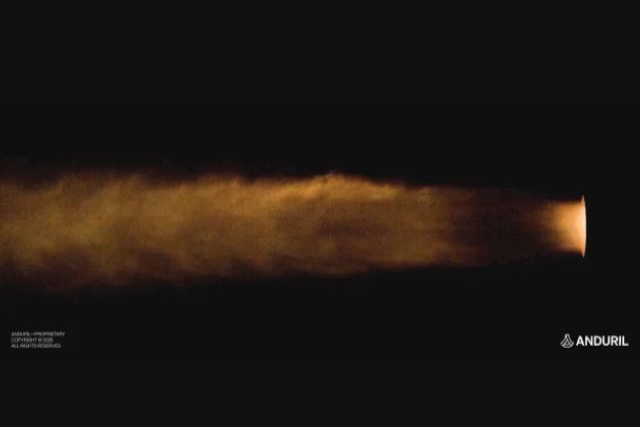USAF Releases T-X Requirements Under ‘Bending The Cost Curve’ Initiative
US Air Force officials have released requirements for the T-X trainer aircraft family of systems that will replace the T-38 Talon under the ‘Bending the Cost Curve’ initiative.
The release follows Secretary of the Air Force Deborah Lee James’ emphasis on increased dialogue with industry to build affordability into the acquisition process, according to USAF Website.
“The industry dialogue will help guide Air Force evaluation of threshold and objective requirements, producing better informed cost-capability decisions,” James said.
“The T-X requirements are being released approximately 10 months earlier than under the normal acquisition process and is part of an ongoing effort for more deliberate and open engagement with industry,” said Brig. Gen. Dawn Dunlop, the director of plans, programs and requirements at Air Education and Training Command.
The initial draft requirements were released in 2012, allowing industry to make more informed, early design decisions, Dunlop said. Ultimately, the collaboration will shape a more capable and affordable pilot training system for the Air Force.
The T-38 is no longer a practical trainer to prepare Air Force pilots for newer, more advanced aircraft, Dunlop said. Currently, 12 of 18 advanced pilot training tasks can’t be completed with the T-38, relying on fighter and bomber formal training units to complete the training at a much greater cost.
“Cockpit and sensor management are fundamentally different today in 4th- and 5th-generation aircraft than it was when the T-38 was built in 1961,” Dunlop said.
“While the T-38 has been upgraded to a glass cockpit, the inability to upgrade the T-38’s performance and simulated sensor capability presents a growing challenge each year to effectively teach the critical skills essential to today’s military pilots.”Brig. Gen. Dawn Dunlop said.
A second issue for the T-38, according to Dunlop, is aircraft sustainment. The T-38s assigned to AETC have not met the command’s requirement for 75-percent availability since 2011, which means many are not mission capable and unavailable for training.
The T-X requirements identify three key performance characteristics for the advanced pilot training mission: sustained G, simulator visual acuity and performance, and aircraft sustainment. While there are just over 100 requirements in all, these were the most critical to ensure the T-X Family of Systems closes training gaps and creates strategic agility for the future.
A highlight in the requirements is embedded training with synthetic sensors and data link. Significant progress has been made the past decade in synthetic training that very closely approximates the real system. Currently, nine partner air forces already have advanced pilot training systems that take advantage of these increased capabilities.
The Air Force plans to award a contract for 350 T-Xs to replace the 431 AETC T-38s in the fall of 2017, with initial operational capability by the end of 2023. The service will accept proposals for currently fielded and clean-sheet designs to meet the Air Force’s undergraduate pilot and introduction to fighter fundamentals training needs.
One requirement not part of the release is for the T-X to serve in a “red air” or adversary role, during live-fly exercises. The fiscal year 2016 budget includes approximately $40 million across the Future Year Defense Plan in Stores-Aircraft Interface funds as a wedge to provide future planning or development options related to T-X.
“The money for the Stores-Aircraft Interface project should be considered separately from the Advanced Replacement T-X program,” said Gen. Robin Rand, the commander of AETC. “A T-X variant is just one option for red air if we decide there’s a requirement for it.”
The requirements released March 20 were shaped by cross-talks between major command leaders, program office discussions and partner buy-in, Rand said.
“The T-X offers the right capabilities to train our Air Force pilots well into the future,” Rand continued. “It’s designed to meet our nation’s needs, reduce inefficiencies, and increase effectiveness while keeping the cost as low as possible.”










